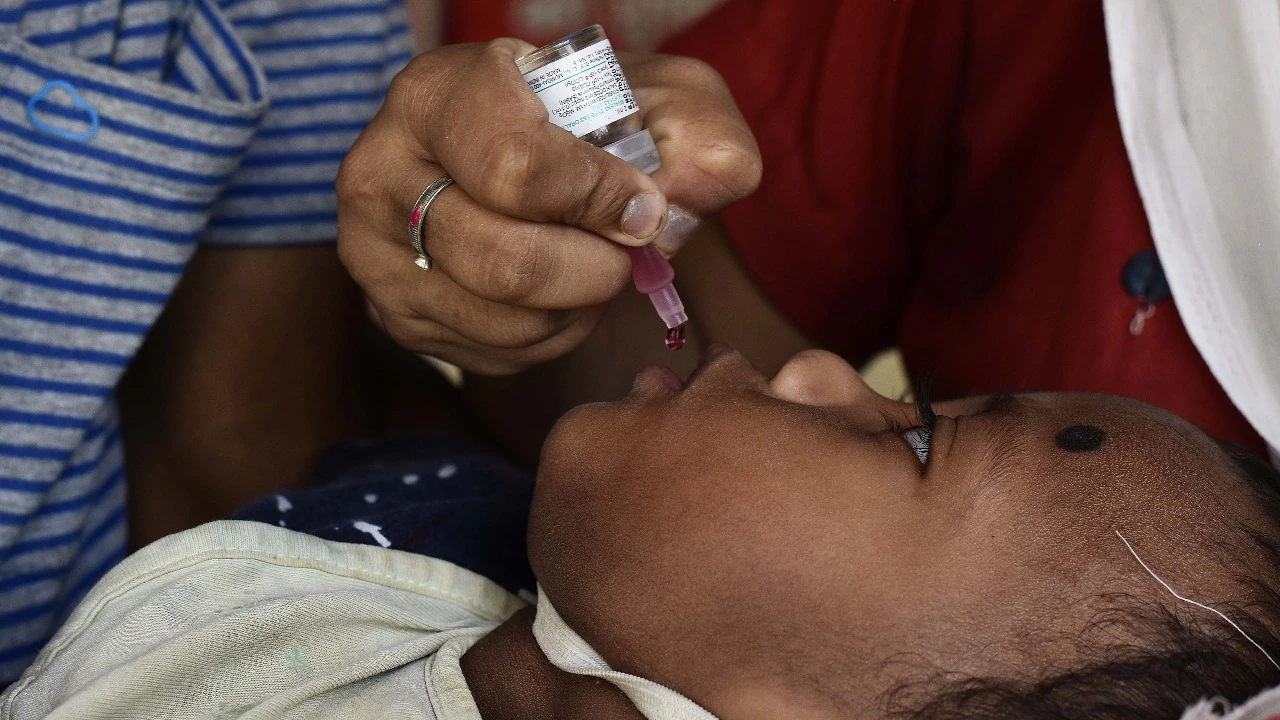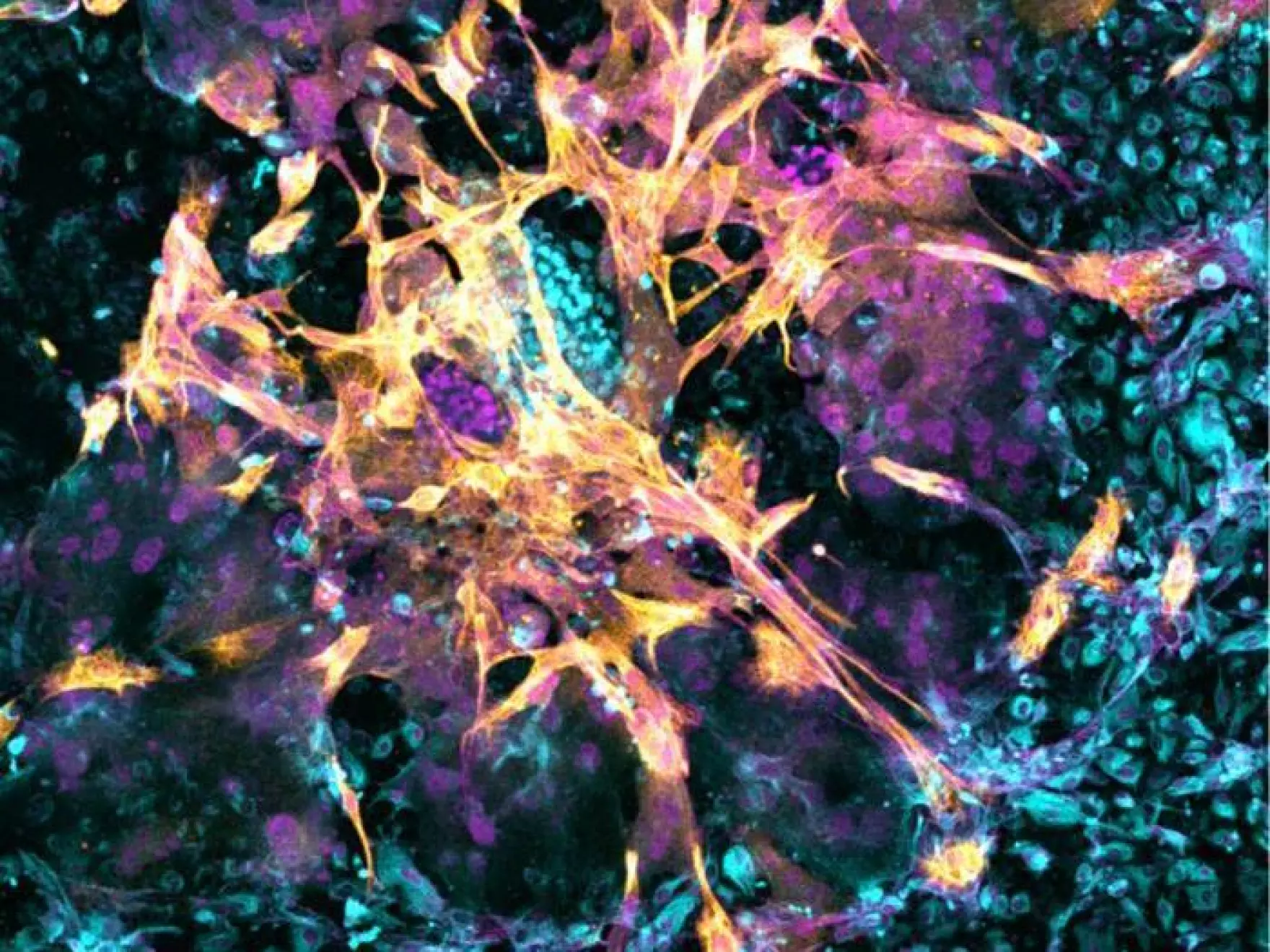A Milestone in Global Health Comes with Fresh Warnings
More than 150 million childhood deaths have been prevented thanks to childhood vaccinations, according to a comprehensive global study. Since the launch of the World Health Organization’s Essential Programme on Immunization over five decades ago, more than 4.4 billion individuals have been reached, showing the profound impact of this global initiative.
Yet, while the long-term benefits are staggering, the study highlights recent worrying trends. Between 2010 and 2019, efforts to raise vaccination rates have either plateaued or worsened in nearly half of the 204 countries surveyed. For instance, in 100 countries, measles vaccination rates have dropped, including a 12% decline in Argentina.
High-Income Nations Also Falling Behind
One of the more surprising insights from the study was the decline in vaccine coverage in high-income countries. Twenty-one of 36 such nations experienced reduced rates for at least one key immunization promoted by WHO since its original program launch. In Finland, the percentage of children receiving the third dose of the DTP (diphtheria, tetanus, and pertussis) vaccine dropped by 8%, while Austria saw a 6% decrease.
These numbers are concerning given the traditionally strong infrastructure in wealthier countries. The findings suggest that even nations with robust public health systems are not immune to disruptions or rising vaccine hesitancy.
Vaccine Hesitancy and Global Disruptions
“This is a critical moment for global immunization,” said Dr. Jonathan Mosser, one of the study’s authors and a professor at the Institute for Health Metrics and Evaluation. He emphasized that geopolitical conflict, misinformation, and logistical obstacles continue to pose threats to consistent vaccination efforts.
Supply chains have also come under pressure, particularly during the COVID-19 pandemic. The U.S. government has recently cut major funding to Gavi, an organization responsible for immunization in nearly half the world’s children. While philanthropic support, such as a new $1.6 billion pledge from the Gates Foundation, may help to fill the gap, long-term sustainability remains uncertain.
India’s Example: High Coverage in a Massive Population
Despite these challenges, there are notable success stories. India has significantly reduced its population of “zero-dose children,” those who have never received even one vaccination. In 2023, an estimated 93% of Indian children received their first dose of the DTP vaccine—comparable to some of the world’s most developed nations.
This success is largely attributed to the country’s strategic use of technology and data. A digitized supply chain and targeted local outreach programs enabled better vaccine distribution and coverage across hard-to-reach areas.
COVID’s Lingering Effects on Immunization
The pandemic disrupted childhood immunizations worldwide. More than 25 million children missed at least one dose in 2021 alone. Clinics shut down, health professionals were reassigned, and transportation of vital supplies stalled.
Yet, recovery efforts have shown promise. Local initiatives and global campaigns such as The Big Catch-Up are working to bring immunization rates back to pre-pandemic levels. “Things could have been far worse,” Mosser observed, noting a surprising level of resilience in global response systems.
A Changing Demographic Landscape
As global birth rates are expected to decline by about 1.6% by 2030, some may assume vaccination efforts will become easier. However, that’s not necessarily the case.
In countries with low vaccination coverage, populations are still growing. More children being born each year in these areas increases the demand for healthcare infrastructure and vaccines. Without proportional investment, coverage gaps could widen.
What the Future Holds
The data presents a fork in the road: continue to invest in vaccination and sustain one of public health’s greatest achievements—or risk losing ground.
“This is a moment of choice,” Mosser said. “We can either solidify these historic gains, or watch as preventable diseases return to claim more lives.”
Public health experts agree that renewed global coordination, funding, and public trust are essential to ensure that the next 50 years of childhood vaccination are as successful—and life-saving—as the last.







